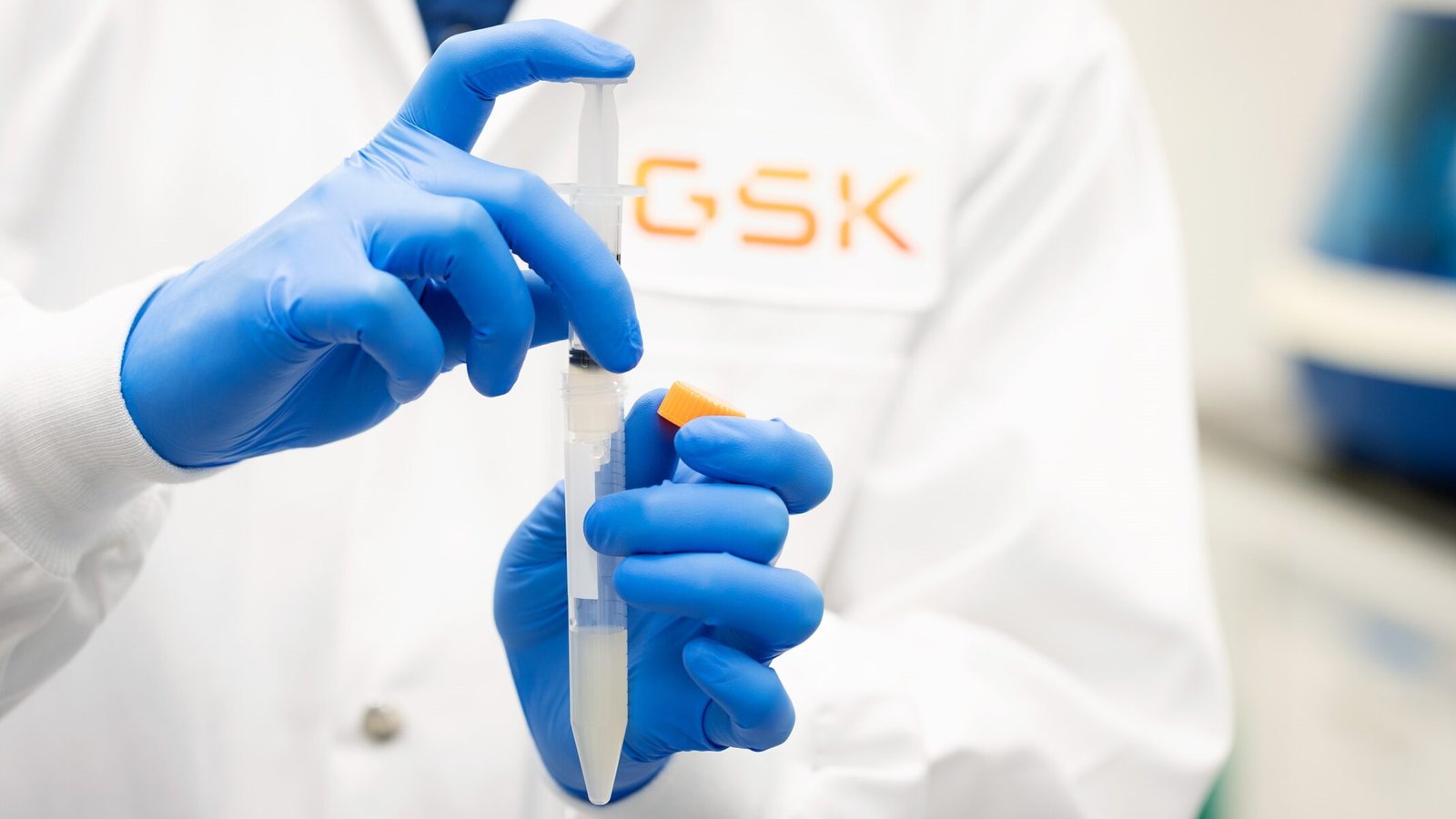Estimating the cell type composition in a tissue sample using bulk data is a major challenge in cancer research. To address this, researchers at Oregon Health & Science University (OHSU) have developed a machine learning tool called OmicsTweezer that integrates complex biological datasets to provide a clearer, more accurate view of the tumor microenvironment.
The study, “OmicsTweezer: A Distribution-Independent Cell Deconvolution Model for Multi-Omics Data,” was published in Cell Genomics, by a team led by Zheng Xia, PhD, associate professor of biomedical engineering at OHSU and member of the Knight Cancer Institute.
“The tumor microenvironment, made up of diverse cell types that shape tumor development and patient outcomes, has been a longstanding research priority at the Knight Cancer Institute,” said Xia.
Bulk RNA sequencing of tissue samples is widely used due to its affordability and accessibility. This data can be compared to data derived from individual cells to estimate the proportion of cell types within the sample. However, these data are not consistently collected and are not always accurate.
“It’s still very expensive to profile a large clinical sample size using single-cell technology,” commented Xia. “But there is an abundance of bulk data—and by integrating single-cell and bulk data together, we can build a much clearer picture.”
Using machine learning, OmicsTweezer addresses the challenge of merging data by using deep learning combined with optimal transport.
As Xia explained, “We use optimal transport to align two different distributions—single-cell and bulk data—in the same space. In this way, we can reduce the batch effect, which has long been a challenge when working with data from different sources.”
Unlike traditional cell deconvolution tools that rely on linear models, OmicsTweezer can capture complex, nonlinear relationships in the data, enabling it to detect subtle differences in cell populations. This ability is particularly valuable when studying tumors, which are composed of a diverse mix of cancerous and noncancerous cells whose composition can shift over time or in response to therapy.
OmicsTweezer was verified using both simulated datasets and tissue samples derived from patients with prostate and colon cancer. The tool was able to successfully differentiate subtle subpopulations of cells and detect changes in cell proportions between patient groups, “effectively mitigating data shifts and inter-omics distribution differences,” the authors wrote. These findings suggest that OmicsTweezer could be used to pinpoint clinically relevant cell types or uncover new therapeutic targets.
“With this tool, we can now estimate the fractions of those populations defined by single-cell data in bulk data from patient groups,” Xia said. “That could help us understand which cell populations are changing during disease progression and guide treatment decisions.”
“As a unified deconvolution framework for multi-omics data, OmicsTweezer offers an efficient and powerful tool for studying disease microenvironments,” the authors concluded.
As this tool’s design is more generalized, it is well-suited for large-scale clinical research, where data often come from varied sources. It can assess multiple types of bulk omics data, including RNA sequencing, proteomics, and spatial transcriptomics, making it applicable across a wide range of studies. The insights derived from using OmicsTweezer could help guide cancer diagnostics and therapeutic decisions.
The post AI-Powered Tool, OmicsTweezer, Enhances Tumor Tissue Analysis appeared first on GEN – Genetic Engineering and Biotechnology News.



